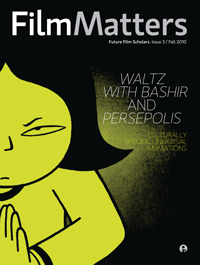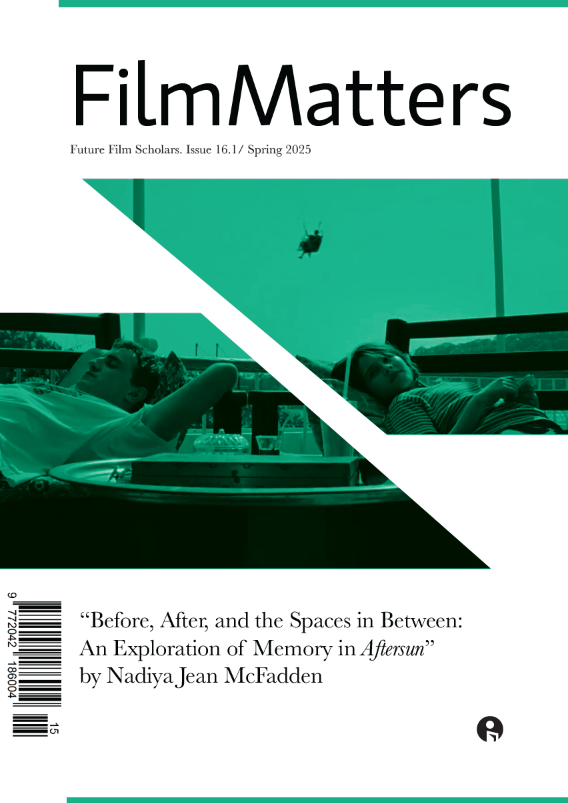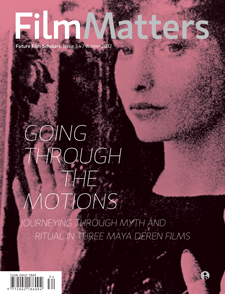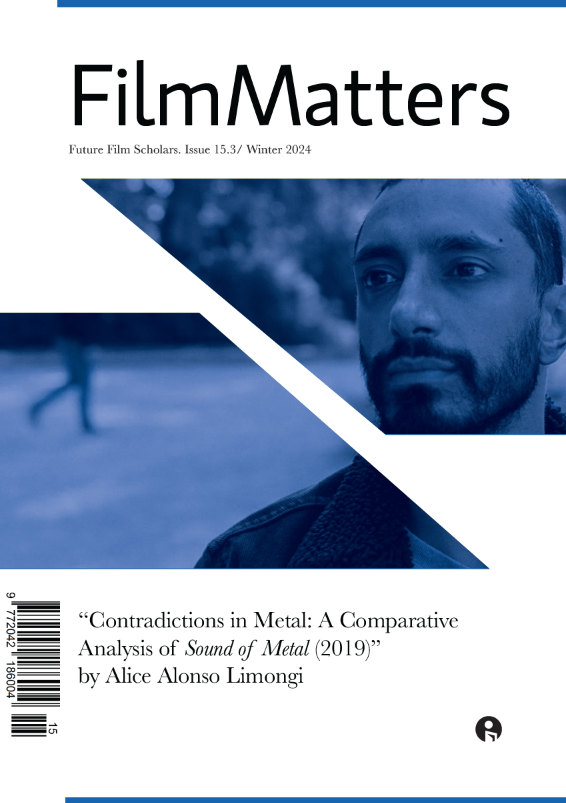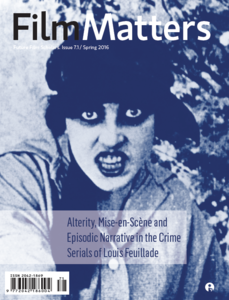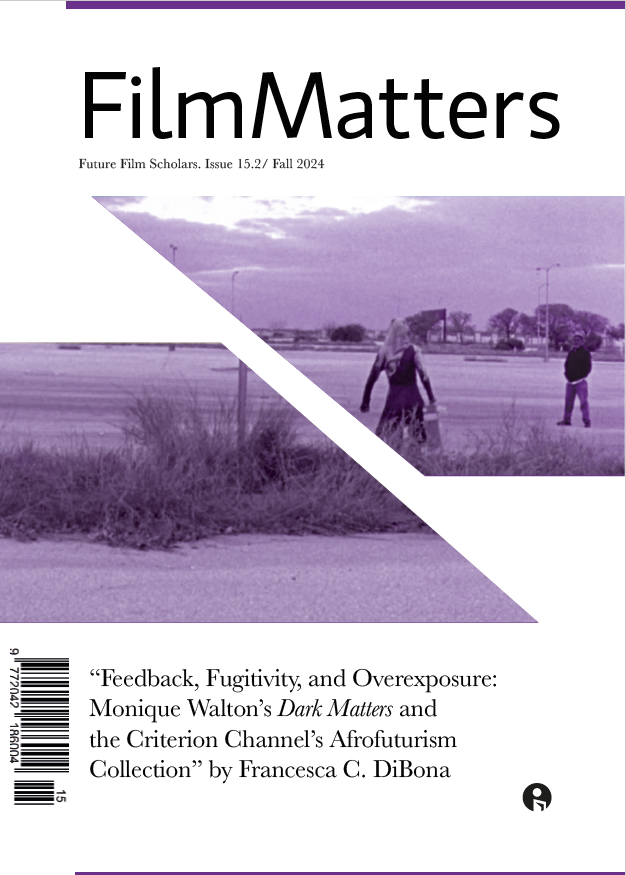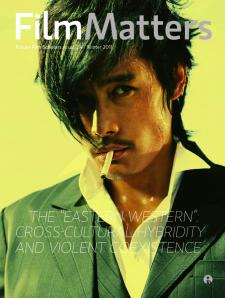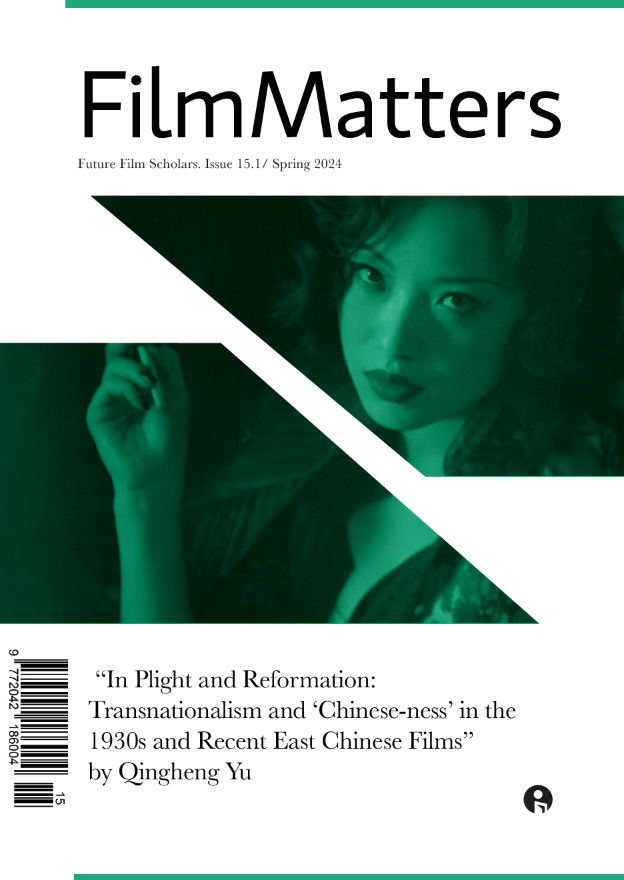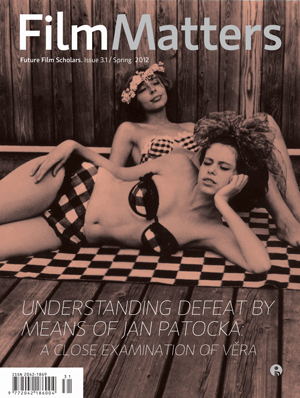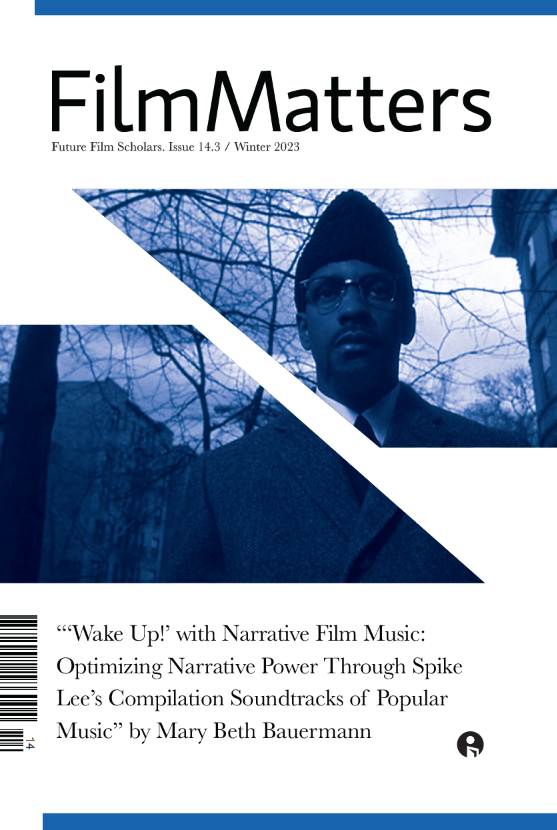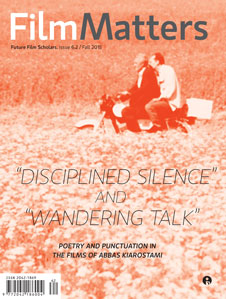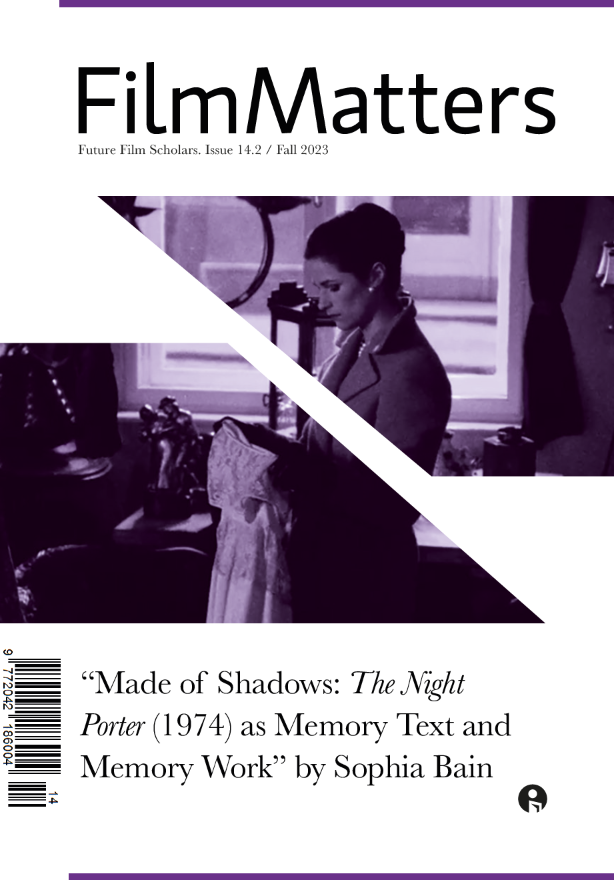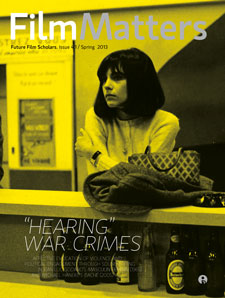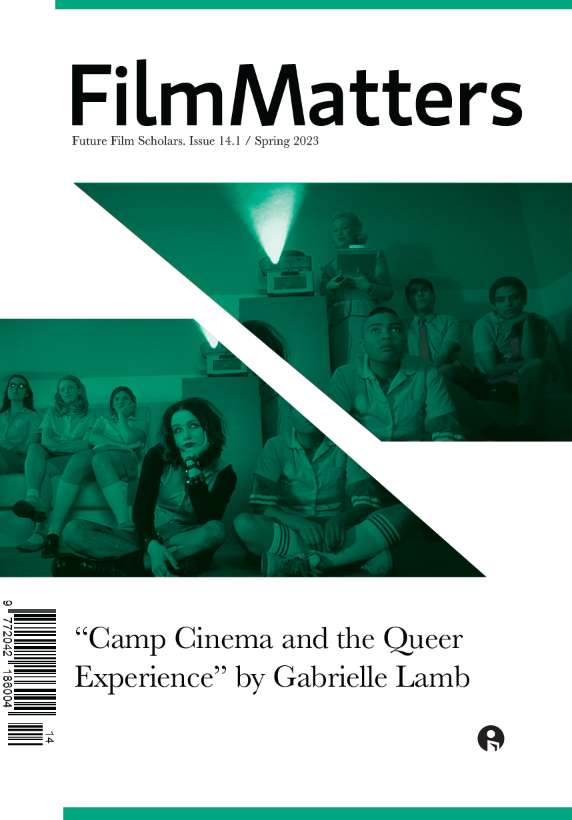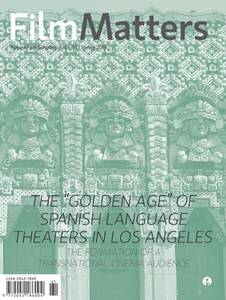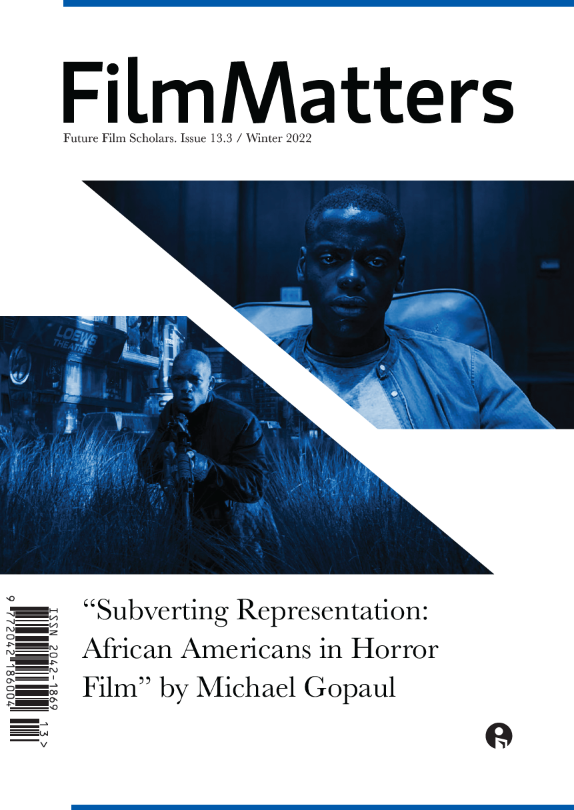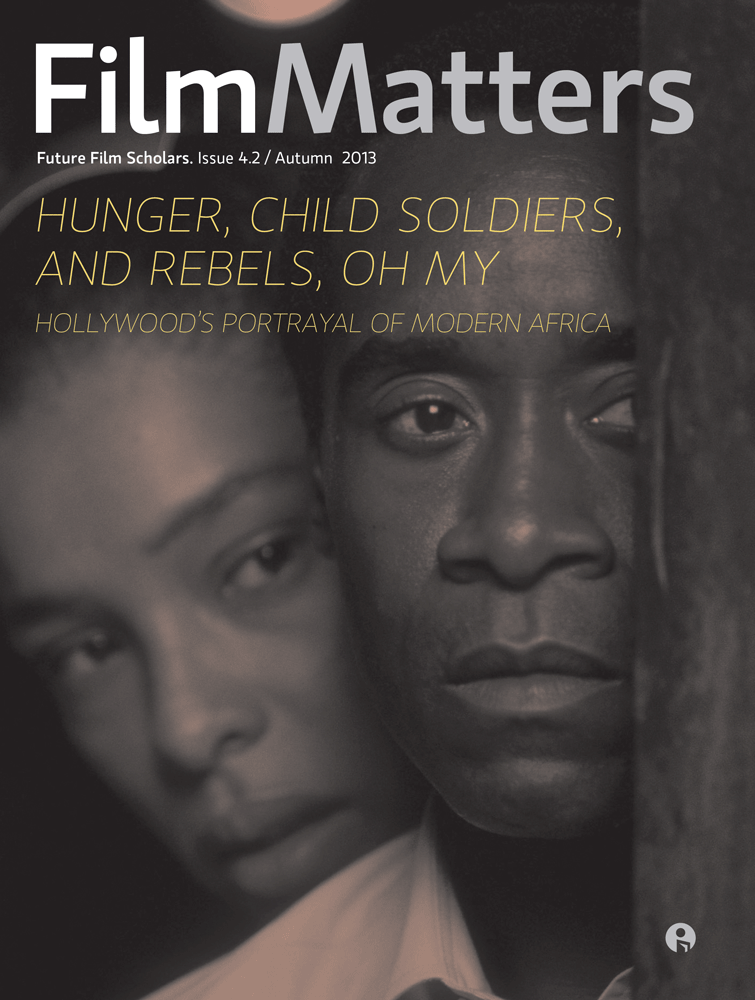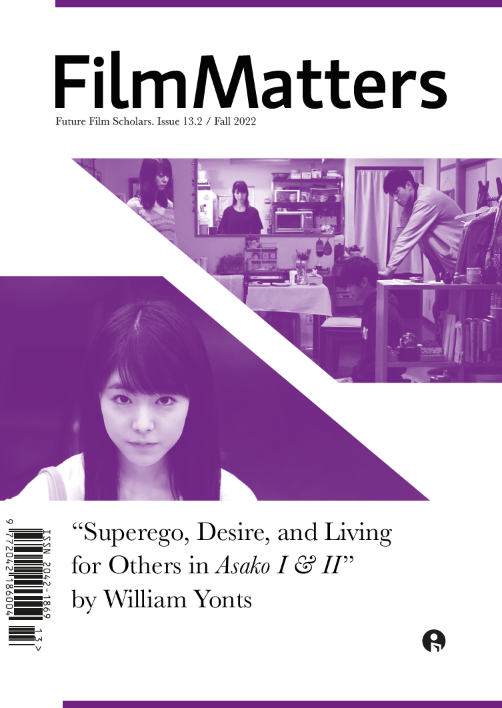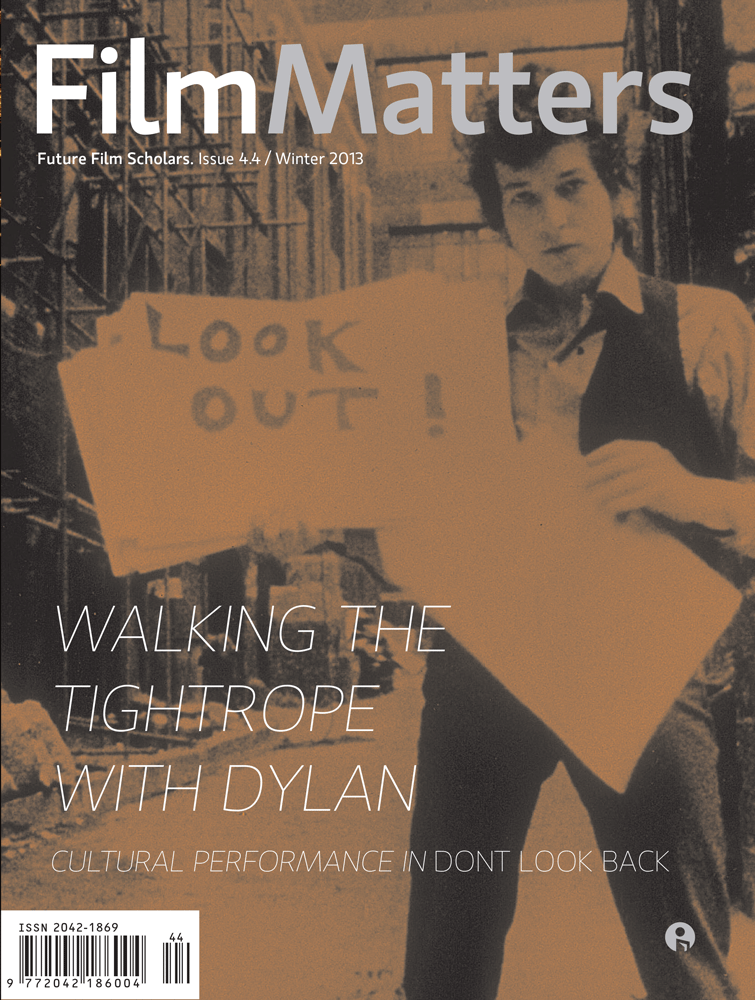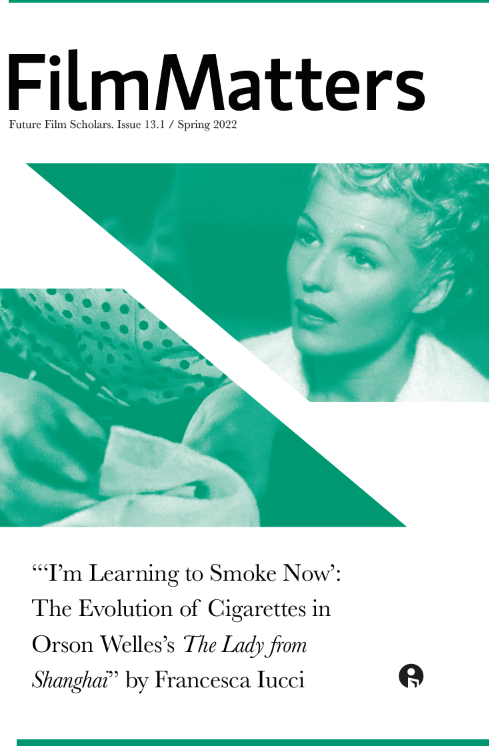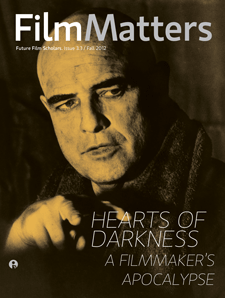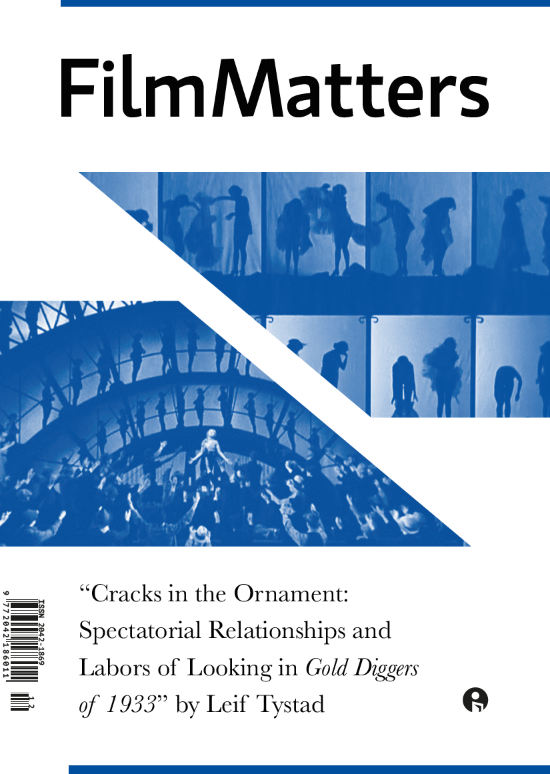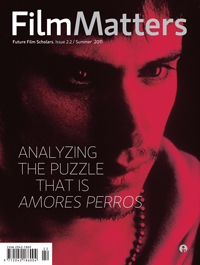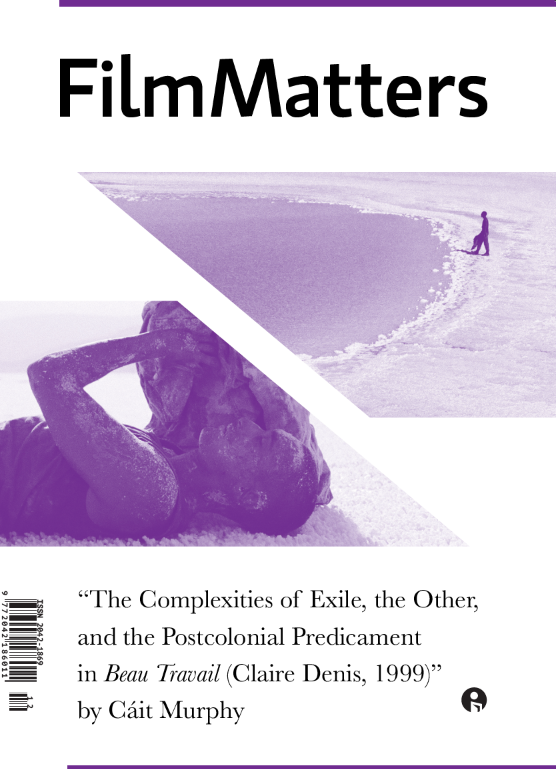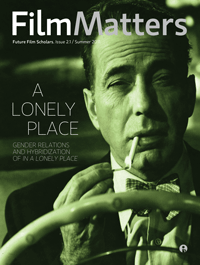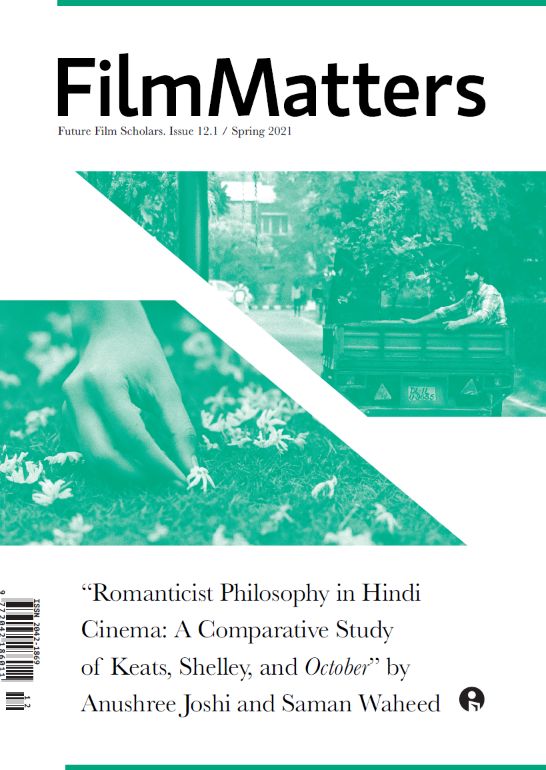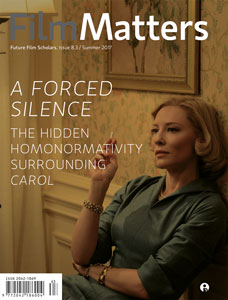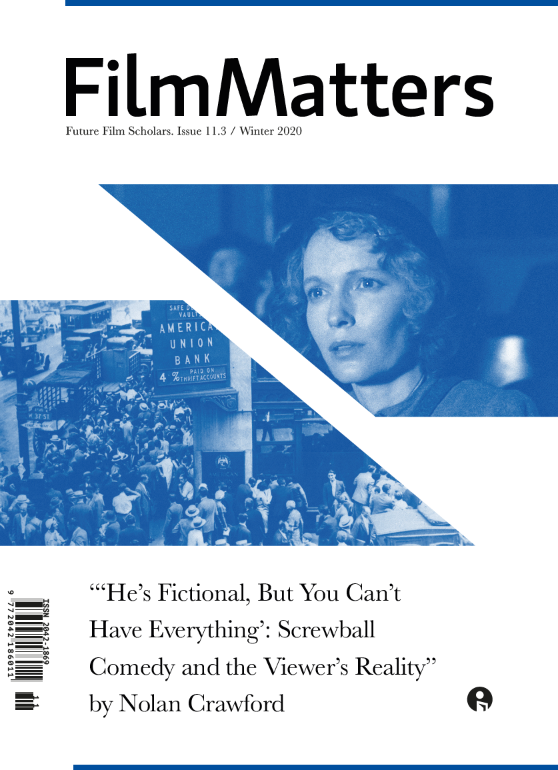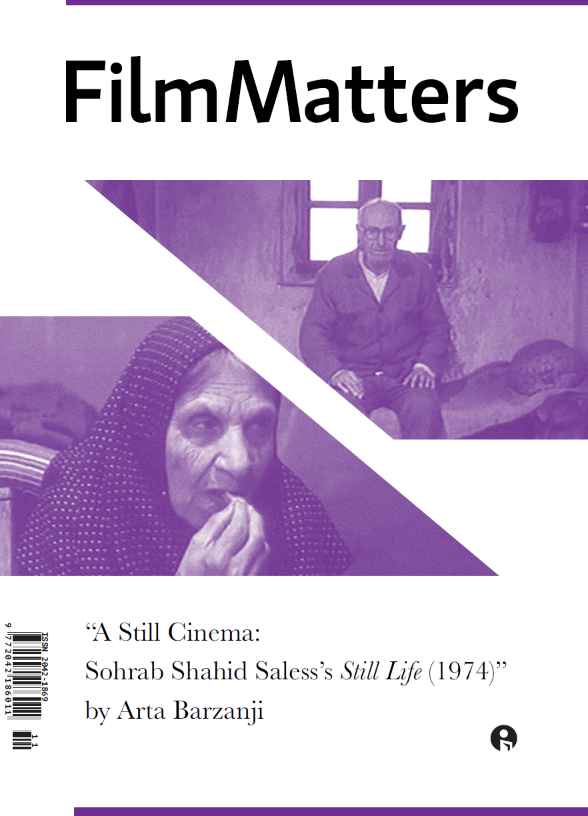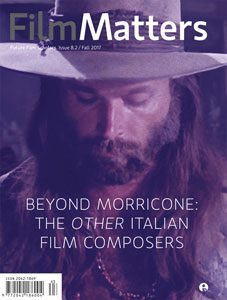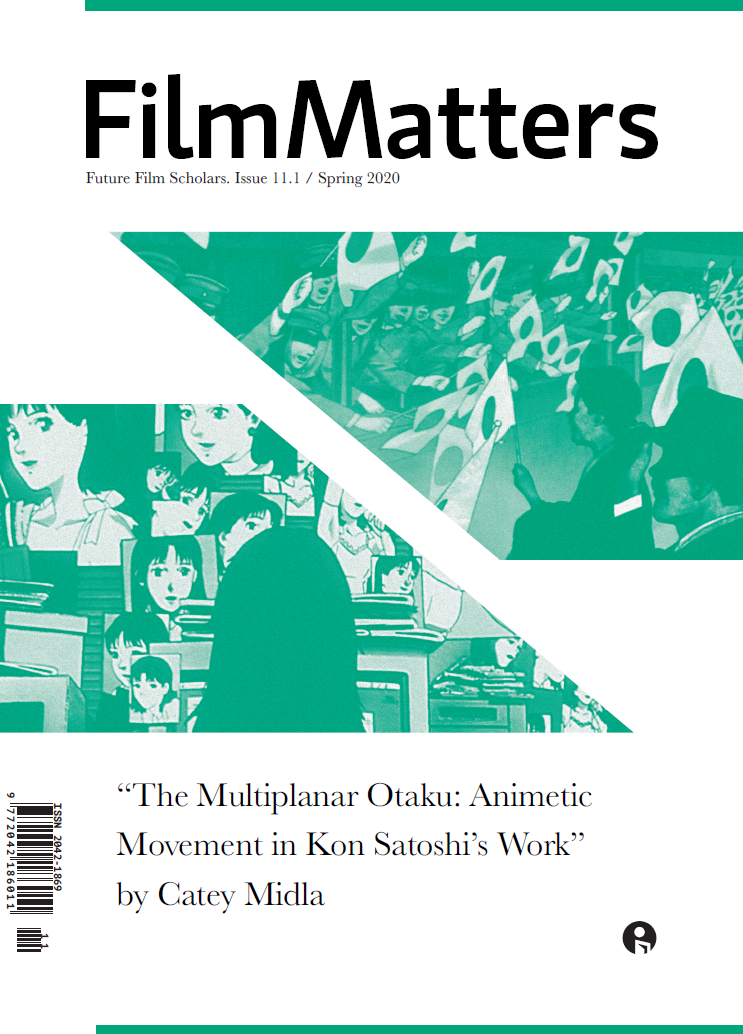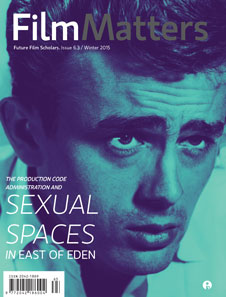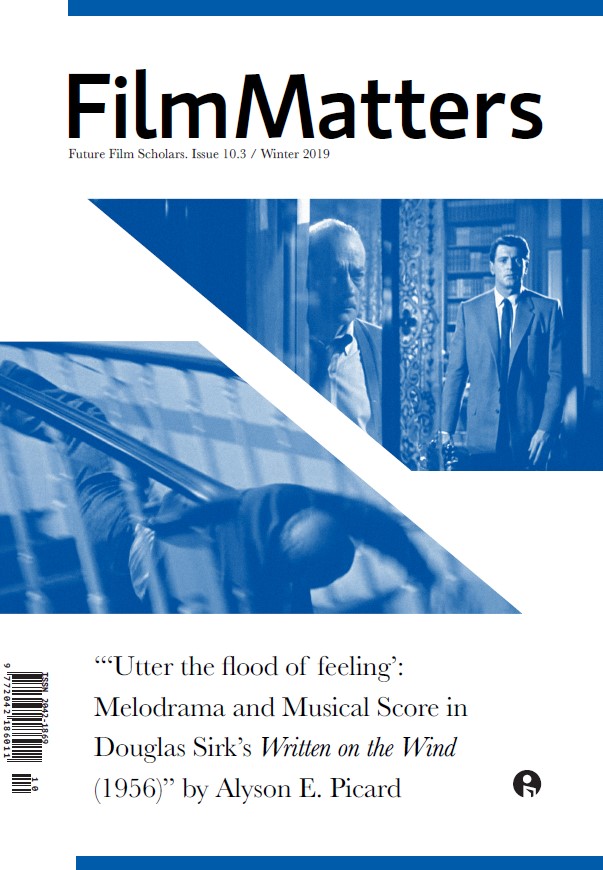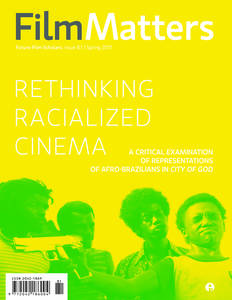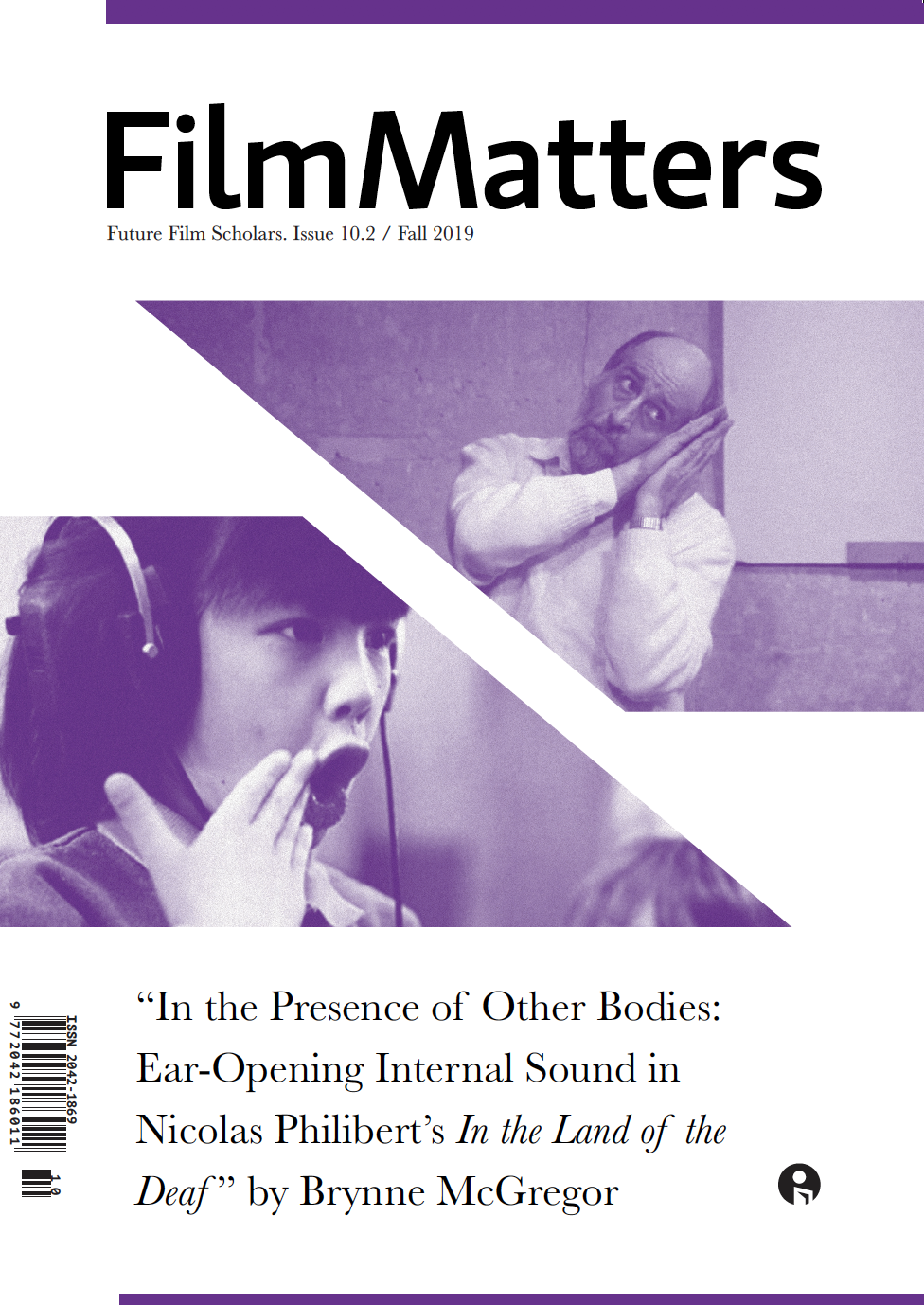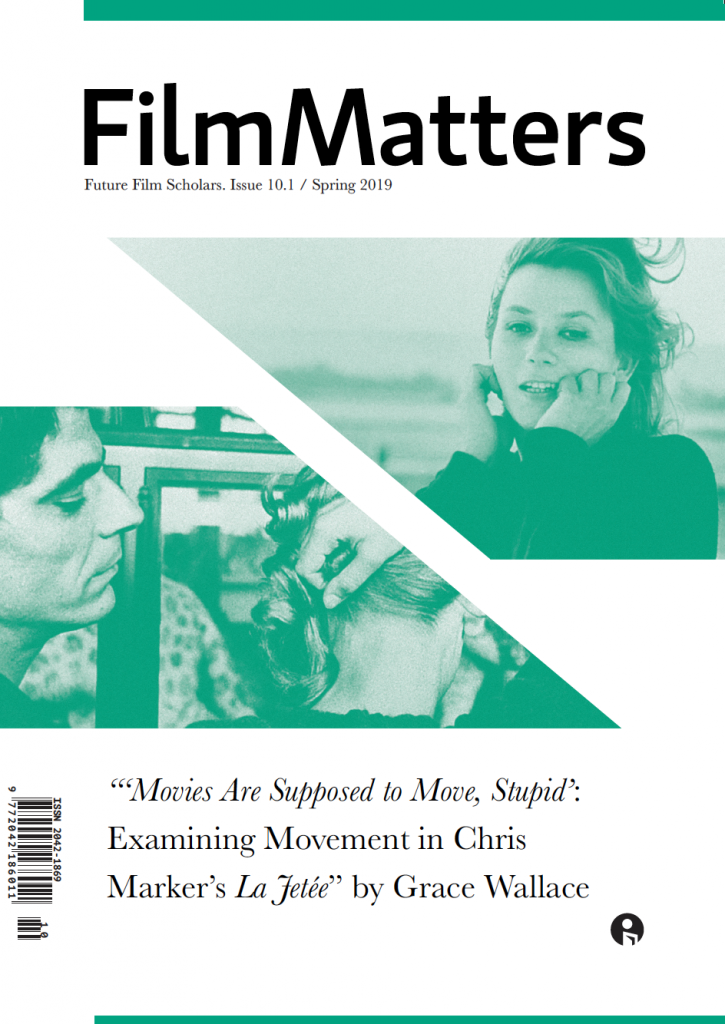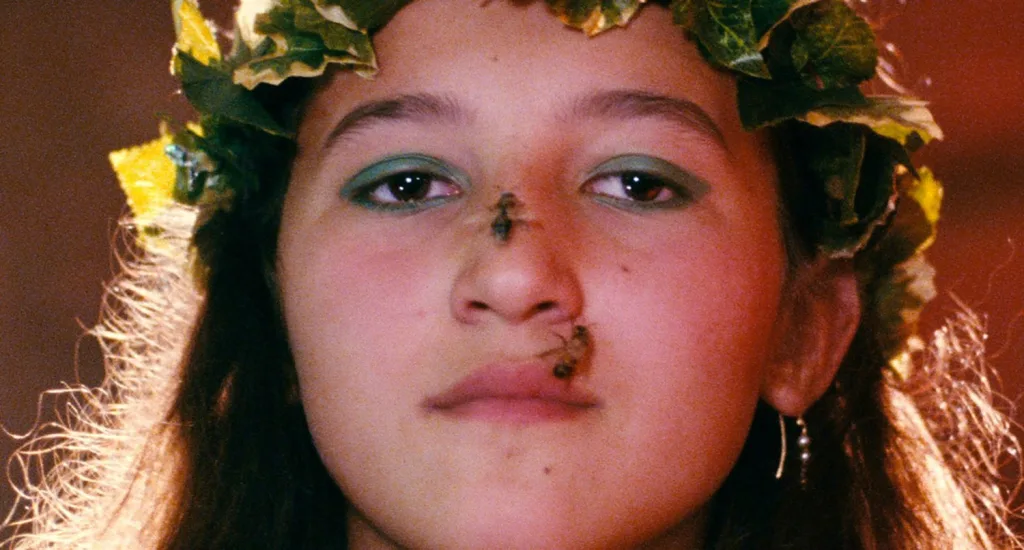
Film Matters: Please tell us about your article that is being published in Film Matters.
Kate Burney: I’m a massive fan of Alice Rorhwacher’s work. I watched Happy as Lazzaro (2018) in high school and made the decision to pursue film. I didn’t realize that movies could weave together so many of the things I love: folktale, theater, faith, poetry, geography, political critique. Her filmography opened my eyes to the power of lyricism and the value in using storytelling to pose urgent and existential questions. I could talk all day about how much I love her approach, but in my article, I specifically focus on how her first three feature films exemplify a new genre I call Italo-Catholic surrealism. I analyze the films using an Italo-Catholic surrealist lens to demonstrate its viability as a theoretical approach.
FM: What research and/or methodologies do you incorporate in your article?
KB: I wanted to start by situating Roman Catholic religion in Italy as well as its influence in some of the most famous Italian filmmakers’ work, before going into depth about Alice Rohrwacher. Those initial sections pull from a variety of written and video sources to contextualize Italo-Catholic surrealism, whereas the three film analyses are full-tilt interpretation. That’s when the writing got fun.
FM: Describe the original context for/when writing this article while an undergraduate student.
KB: I wrote the first version of this article as a final essay for Professor Robert Arnold’s Italian Cinema course at Montana State University. The prompt was completely open—really just to explore a part of Italian Cinema that interested us—and I’d known since joining his course that I’d write about Rohrwacher. I was trying to specify what drew me to her body of work: the lyricism, the surreal, the mundane, the sense of curiosity, yes, definitely. But the closest name for her style was magical realism, and that didn’t feel quite right. “Magic” was too vague and secular a word. That’s where this essay began.
FM: What does your writing process look like?
KB: Verbally processing. I word-vomit onto the page, then use conversation to talk through the mess and create sense and structure. I also revise by reading aloud, listening for rhythm. That’s why there are roughly five million commas. As a peer tutor at the MSU Writing Center, I came to appreciate that writing—the sharing of ideas—is neither a silent nor solitary activity. What a relief!!
FM: How have your personal experiences shaped and influenced your writing?
KB: Being a queer Christian, I value nuance and diverse interpretation. American society has an obsession with strict categorization, which makes it easy to miss out on all the messy, beautiful overlap life can offer. The intersections are where we can get our hands dirty and have important, life-affirming conversations. Contradiction makes new colors, right? It’s a playful, joyous way to write, when you believe in the potential for things to come together.
FM: What are your methods for finding diverse and relevant sources?
KB: I wanted to pull from a mix of secular and religious sources, so my research ranged widely: academic journals, video and print interviews with Rohrwacher, religious organizations’ resource pages, and the Bible. As Rohrwacher’s latest film, La Chimera (2024) continues to gain international attention, more will be written about her. Hopefully, more will be written about religious surrealism, moving forward. Finding sources was a real challenge for me.
FM: Why is including marginalized voices in research important to you?
KB: If the point of research is to better understand an issue, why wouldn’t a researcher include a diversity of perspectives? We limit our knowledge—and reveal the shallowness of our curiosity—when we don’t listen to the whole conversation.
FM: What aspects of the writing process were most challenging? Why?
KB: Activation energy. Always. Once I hit the flow, then I love writing and forget about the teeth-gritting and perfectionism. That’s why conversation is huge in unlocking my ideas and excitement.
FM: What’s a resistance point you hit in your writing, and how did you move past it?
KB: Using Wikipedia as a source hurt a little. There’s a real gap in information available about Alice Rohrwacher, though I don’t think it’ll be that way for much longer, with her newest film coming out. But, again, because this topic is niche and underexplored, I had to think creatively about how to utilize my resources.
FM: What do you enjoy most about your article?
KB: It’s exciting to use my personal voice and perspective within an academic discussion, to explore a lens and filmography that has been important in my own life. I’m grateful to Film Matters for sharing my analysis of these beautiful films.
FM: How has the Film Matters editorial and publication process impacted the development/evolution of your article?
KB: I mentioned earlier that writing isn’t a solitary activity, and the reader feedback from Film Matters allowed me to return to this piece with fresh eyes and fresh curiosity. Their comments also gave me permission to be more personal—when writing academically, there can be some pressure to sound objective and almost scientific. Film Matters reminded me this isn’t a lab report. Thank God.
FM: What audience do you hope to reach with your Film Matters article and/or what impact do you hope it has on the field of film studies?
KB: I sincerely hope for a larger academic discussion about how religion and film interact. There’s so much there to explore, across cultures, religious practices, and cinemas. I’d love to learn more.
FM: How has your department and/or institution supported your work in film and media?
KB: Lockdown occurred halfway through my freshman year. The rest of my college experience, I had tunnel vision on campus. In some ways, that was great, because that perspective allowed me to devote a lot of time to founding and leading the university’s Women in Film Club with my amazing professor Cat Dale. But I’m also very grateful to a few mentors who encouraged me to pay attention to opportunities beyond school; Melinda Raebyne introduced me to grassroots filmmaking, Cat Dale motivated me to apply for the Telluride Student Symposium, Robert Arnold pointed me toward scholarly film journals, Tommy Donovan and Jess Carroll helped me remember that I’m a human before I’m a student. That’s the support I cherish most, now that I’ve graduated.
FM: How has your faculty mentor fostered your advancement as a film scholar?
KB: I took introductory Film History with Professor Arnold and enjoyed writing for that class, particularly when I got to center my final essay on Greek cinema and its depictions of the state. His Italian Cinema course was writing-heavy and his feedback on my short responses was encouraging. With this final essay, he was the one who advised me to go for publication. Thanks, Bob. As with Cat Dale, Bob Arnold urged me to look beyond my campus and apply for some amazing opportunities.
FM: What advice do you have for undergraduate film and media scholars?
KB: The world is so much bigger than your campus and your Letterboxd account! Go to your local cinema and have a conversation with someone who has a take wildly different from yours. Maintain an attitude of exploration. At the end of the day, it’s all about those discussions on the way home from the theater.
FM: What are your future plans?
KB: On top of grad school applications, writing for Hypercritic, and hanging out at the Sidewalk Cinema, I’m thrilled to be hosting a ton of film lectures this year in Birmingham, Alabama! By the time this article is published, I’ll have attended my first Independent Film Exhibition Conference in Chicago and worked as a Production Apprentice for the Telluride Film Festival. The lifelong goal is storytelling, however that takes shape. I love, love, love stories.
Author Biography
Kate Burney graduated summa cum laude with a Bachelor of Arts in Film and Global Studies from Montana State University. Since graduating, she has participated in several Telluride Film Festival programs, interned with Kino Lorber, and joined Hypercritic. She’s passionately curious about the intersection of movies, myth, and geography.

